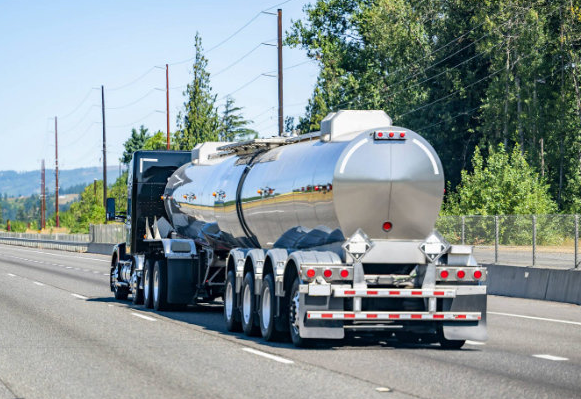Editor's Pick


The key to success in the logistics industry is maximizing operational efficiency and maintaining customer satisfaction. One of the most effective ways to achieve these goals is to implement route optimization applications in distribution and collection activities. Technologies such asvehicle route optimization and route management provide both cost and time savings for logistics companies, while reducing environmental impacts and facilitating the solution of challenging logistics problems.What is Route Optimization?Route optimization is a process that focuses on determining the most efficient path between delivery or collection points. This relates to mathematical problems common in logistics, such as the Traveling Salesman Problem (TSP) and the Vehicle Routing Problem (VRP). Route optimization software solves these problems with artificial intelligence-supported algorithms, reducing fuel consumption of vehicles and enabling more deliveries in less time.Challenges in Distribution and Picking OperationsCompanies may face the following challenges in their distribution and collection processes: Advantages of Route Optimization Thanks tooptimized routes, logistics companies' vehicles avoid unnecessary mileage. According to statistics, a good route optimization practice can reduce a logistics company's fuel costs by 20 to 30%. Customer satisfaction is one of the most important outputs of logistics operations. Thanks to the use ofroute planner, deliveries are made on time and smoothly. Route optimization enables logistics teams to make more deliveries using fewer vehicles and fewer resources. With Territory management, distribution points are effectively segmented and the ideal number of vehicles for each region is determined. The concept ofgreen logistics has revealed the need to reduce the carbon footprint of logistics companies. Route optimization applications: Route planning and schedule optimization allow to complete deliveries more quickly by using time efficiently. Even complex operations such as first mile delivery can be easily planned.Real Data from Logistics CompaniesOne logistics company was able to make an average of 100 deliveries per day before using route optimization software, but with software such as Dynaroute, this figure increased to 140 deliveries. The same company was able to reduce its monthly fuel costs by 25%, resulting in both financial and environmental gains. Conclusion : Route optimization in companies' distribution and collection operations is indispensable to reduce costs, increase customer satisfaction and reduce environmental impact. Route optimization technologies are shaping the future of the logistics industry, allowing companies to become more efficient, green and competitive. You can take advantage of these benefits by using innovative software such as Dynaroute.The Importance of Route Optimization in Distribution and Picking Activities of Companies
According to a study by another logistics company, route optimization integrated with technologies such as telematics and asset tracking increased the overall efficiency of logistics operations by 35%.Dynaroute's role in this areaAn advanced route optimization software like Dynaroute provides all of the above benefits, while allowing companies to easily manage their operations with a user-friendly interface. Customizable features such asdynamic routes, hazmat optimization, and sales planning respond to every need of companies.





